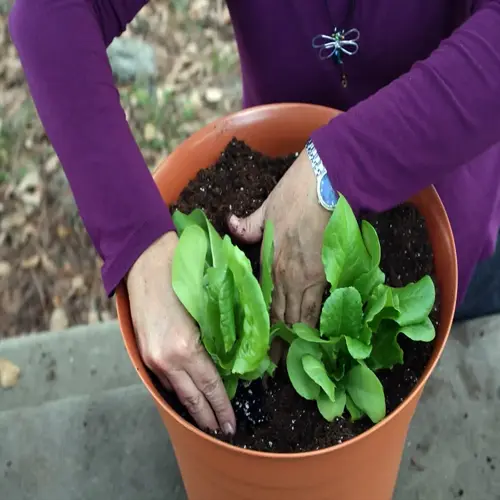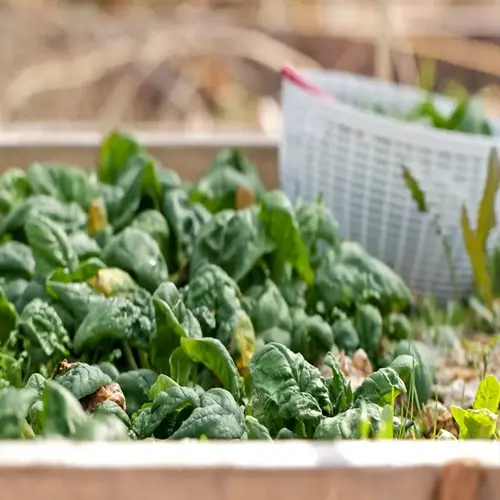What should not be planted near radishes?

Written by
Kiana Okafor
Reviewed by
Prof. Samuel Fitzgerald, Ph.D.Companion planting enhances the success of your radishes by preventing the growth of undesirable neighbors. Some species either release chemicals or compete for nutrients, which stunts root growth. Knowing these interactions will protect you from low yields and pest infestations, and make your garden's ecosystem healthier overall.
Avoid These Plants
- Hyssop: Releases root inhibitors slowing radish growth
- Potatoes: Compete heavily for phosphorus and water
- Other brassicas: Increase pest cross-infestation risks
Beneficial Partners
- Cucumbers: Radishes deter beetles that attack vines
- Lettuce: Provides cooling shade during hot spells
- Carrots: Mark rows while roots grow at different depths
Potatoes are especially terrible neighbors for radishes. Both plants require high amounts of phosphorus; however, potatoes have much deeper roots than radishes. Potatoes absorb nutrients much sooner than radishes do, until radishes become established. I once lost a crop of radish because I planted it next to potatoes. My radishes remained tiny.
Utilize companion planting with proper spacing. Space radishes out at 12 inches from each other and cucumbers, which will deter cucumber beetles from your cucumbers. Alternate carrots and give them a spacing of 9 inches. It is best not to plant near potatoes within a 3-foot radius. Add this plant layout to maximize benefits.
Good companions for crops provide multiple benefits to plants, other than acting as pest control. Lettuce will shade the soil and keep radish roots cooler in hot weather, and carrots will break up the soil and aid in drainage for both crops. All of these companion partnerships provide stronger plants and larger harvests.
Read the full article: When to Plant Radishes: Expert Tips

